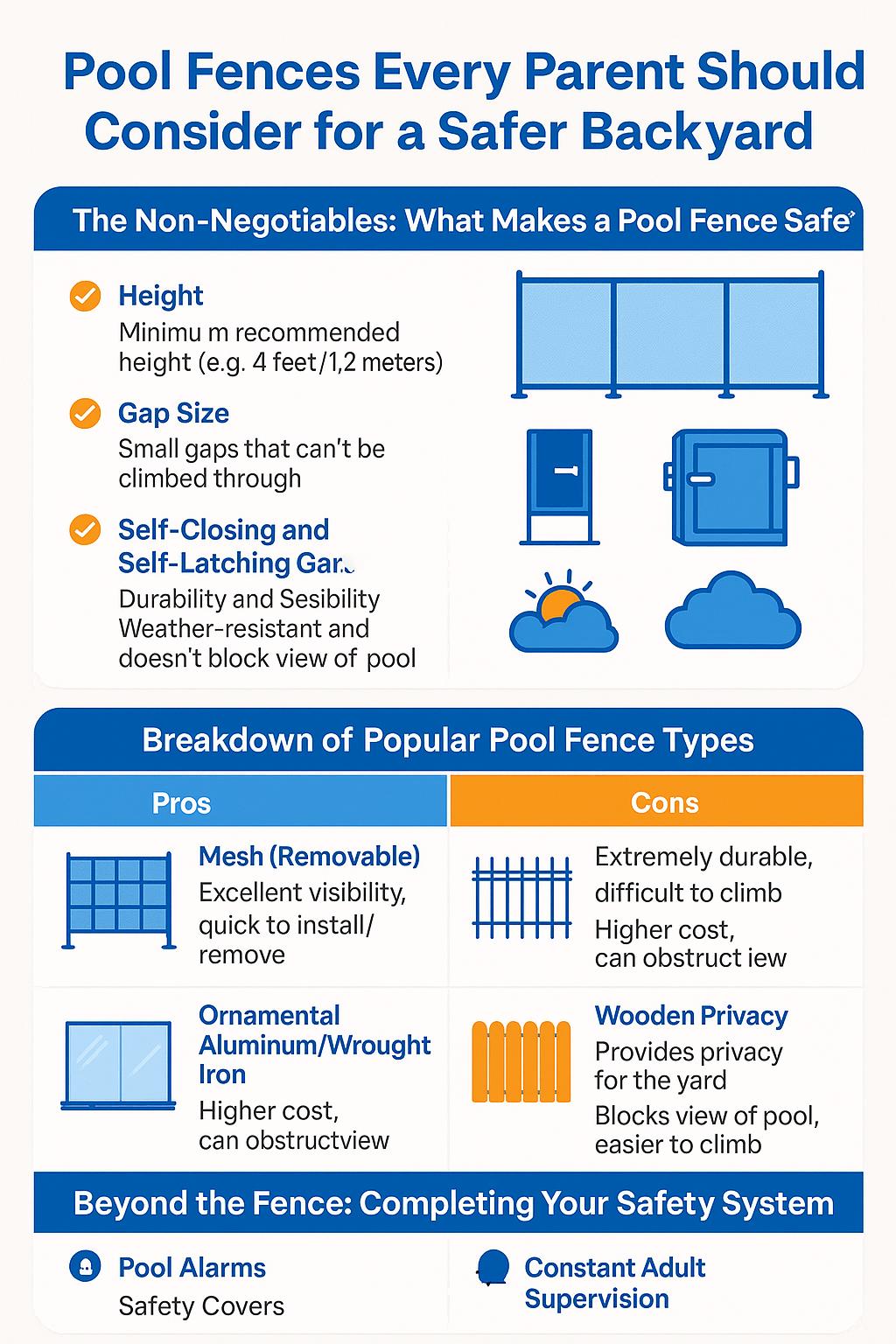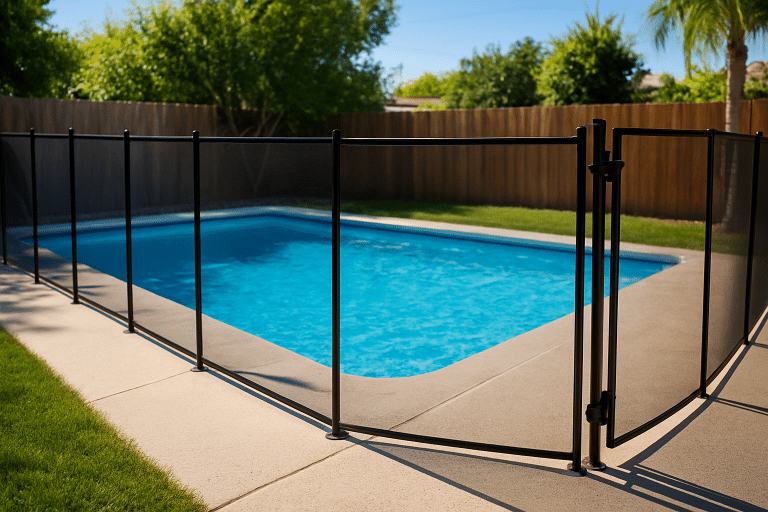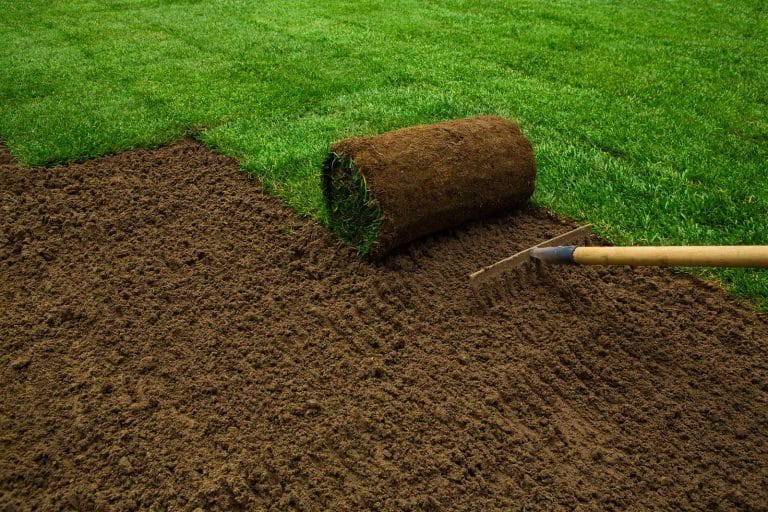The scene is a familiar one: the sun is warm, laughter echoes, and the backyard is the center of family life. For many American families, a pool is the jewel of this setting, a source of exercise and joy. But as a parent, your eye is trained to see what others might miss—the quiet moment, the turned back, the quick, curious dash of a toddler. That shimmering blue water, while inviting, demands a sober conversation about safety.
At SwimRight Academy, we teach children the skills they need to be confident and safe in the water. But we firmly believe that the first, and most critical, lesson in water safety is one for parents: prevention is paramount. Swimming lessons are a vital layer of protection, but a physical barrier is the most effective way to prevent unsupervised access. This guide will help you navigate the options for pool fences, a fundamental component of the “layers of protection” we advocate for every family.
The Non-Negotiables: Safety Before Style
Choosing a pool fence isn’t primarily about curb appeal. It’s about creating a reliable barrier. Before you consider materials or aesthetics, these are the safety features that are not up for debate.
- Height: A fence must be tall enough to be a real obstacle. The consensus among safety groups, including the Consumer Product Safety Commission (CPSC), is a minimum height of 4 feet. Some local codes may require 5 feet.
- Gap Size: This is about the details. The space between vertical slats should be less than 4 inches to prevent a small child from squeezing through. Equally important is the gap at the bottom; it should be no more than 2 inches to discourage crawling underneath.
- The Gate: The Most Important Part: The gate is the only moving part of your barrier and its weakest link. It must be self-closing and self-latching. The latch mechanism should be placed high, out of a child’s reach, and should require a deliberate action to open—not something that can be bumped or accidentally released.
- Durability and Visibility: The fence should withstand weather and wear without deteriorating. Visibility is also a practical safety feature. A fence that allows you to see the pool area from your house, like a mesh or glass barrier, means you can maintain supervision even when you’re inside.
A Look at Your Options: Materials Compared
Each type of pool fence material comes with its own set of considerations. The right choice depends on your home’s layout, your budget, and your safety priorities.
The table below provides a clear comparison of the primary options:
| Fence Type | Key Features | Primary Considerations | Best For |
|---|---|---|---|
| Mesh (Removable) | High visibility, portable, often requires no permanent installation to the deck. | Not a permanent structure; requires consistent re-installation after each use; material can be compromised. | Families seeking a flexible, less intrusive solution for a deck area. |
| Ornamental Aluminum/Iron | Very durable, permanent, difficult to climb with proper vertical bar design. | Higher initial cost; permanent installation; can limit visibility depending on design. | Homeowners looking for a sturdy, permanent addition to their property. |
| Tempered Glass | Completely unobstructed view, modern aesthetic, highly durable. | Highest cost; requires regular cleaning; installation must be flawless. | Families for whom aesthetics and a clear sightline are the highest priorities. |
| Wooden Privacy | Provides yard privacy, a familiar residential look. | Significant safety drawback: severely blocks the view of the pool; can be easier to climb. | Not recommended as a primary pool barrier. If used, must be part of a robust, multi-layered safety plan. |
Mesh Pool Fences are a popular choice for their practicality. They install with tension-mounted poles, meaning you typically don’t need to drill into your deck. This makes them a good option for renters or those who don’t want a permanent alteration. The mesh provides excellent visibility. The responsibility, however, lies with the adult to reinstall the fence meticulously after every single use. Its security is only as good as your consistency.
Ornamental Aluminum or Wrought Iron Fences offer a sense of permanence and strength. When designed with vertical bars close together and without horizontal crossbeams that could act as a ladder, they are a very secure option. They are a long-term investment that can enhance the look of your property while providing a robust barrier. The trade-off can be a partially obstructed view.
Tempered Glass Fences provide the ultimate combination of a physical barrier and an open sightline. They are sleek, modern, and allow you to monitor the pool area from virtually anywhere in the yard or house. The primary considerations are budget and maintenance. Glass shows water spots and debris easily, requiring frequent cleaning to maintain its clarity. The installation is specialized and must be done correctly to ensure structural integrity.
A Note on Wooden Privacy Fences: While a common choice for perimeter fencing, a solid wood fence around a pool presents specific safety concerns. The very feature that gives it its name—privacy—is the problem. It blocks the view entirely. A quiet backyard can feel secure, but a silent pool is a potential hazard. A child could slip past a door and be out of sight in an instant. If a wooden fence is your only option, it is absolutely necessary to implement additional safety layers, such as door alarms and a pool cover, with increased vigilance.
Your Safety System: The Fence is Just the Start
A fence is your first layer of defense, but a comprehensive approach to pool safety for families brings greater peace of mind. Think of these elements working together:
- Pool Alarms: Consider alarms on doors leading to the pool area, as well as a subsurface alarm that detects motion in the water.
- Safety Covers: A power-operated safety cover that can support weight provides another physical barrier when the pool is not in use for extended periods.
- Constant Adult Supervision: This is the non-negotiable practice. Designate a “water watcher” during gatherings, and maintain clear sightlines without distractions like phones.
- Swimming Lessons: This is where skill meets prevention. A fence is designed to keep a child out of the water unsupervised. Swimming lessons from a certified instructor at SwimRight Academy equip your child with the skills and confidence to be safer in the water. They are a crucial layer that empowers your child directly.
Choosing a pool barrier is one of the most significant safety decisions you will make as a pool owner. It is a practical step that reflects a commitment to creating a secure environment for your children and their friends. The most effective fence is the one that is appropriately installed and consistently used.
At SwimRight Academy, we are committed to water safety in and out of the pool. For more resources on creating a safe backyard environment or to learn about our survival-focused swimming lessons, we invite you to contact us. Let’s work together to ensure your backyard remains a place of joy and relaxation.

FAQs
What is the safest height for a pool fence around children?
Most safety experts recommend a minimum of 4 feet, though 5 feet or higher offers greater protection against climbing toddlers.
Do pool alarms replace the need for a fence?
No. Alarms are an additional layer of safety but cannot physically stop a child from entering the pool. A fence remains the most reliable barrier.
Are removable mesh fences secure enough for long-term use?
Yes, if installed properly and used consistently. However, families should check for wear and always re-install after removal.
Can pets also be kept safe with pool fencing?
Yes. Many pool fences are effective at preventing dogs and other pets from accidentally entering the water, though the design matters.
How often should a pool fence and gate be inspected?
Inspect monthly to ensure gates latch correctly, panels are secure, and there are no gaps or loose sections.
Is a wooden privacy fence acceptable if I already have one around the yard?
A wooden fence can provide yard privacy but is not recommended as the only pool barrier. Add alarms, covers, or secondary fencing for visibility and safety.













